Last Sunday, we went for a walk on the Thames Path near Goring. Images
follow: cc-by-sa on
everything.
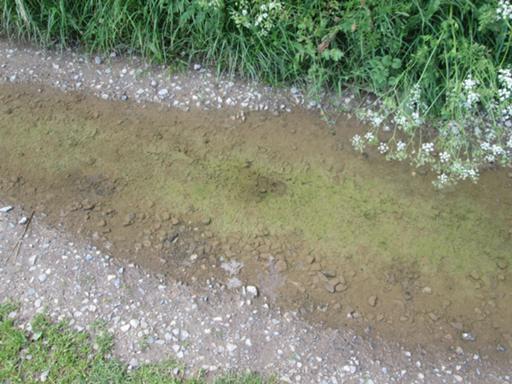
The colours in this muddy puddle were quite surprising. There'd been
some heavy rain on the Saturday, but the water was fairly clear by
this point. The green swathes were only on the north side of the path.
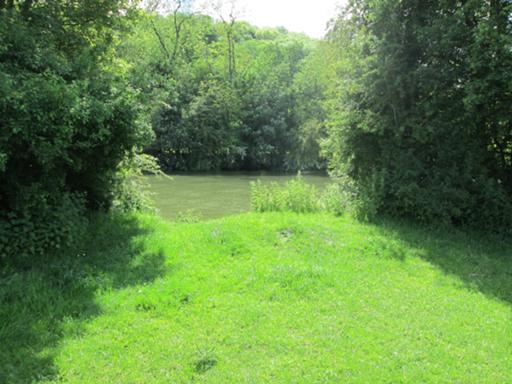
This bit of the Thames Path has bushy trees with gaps between them,
ideal for a picnic watching the river.
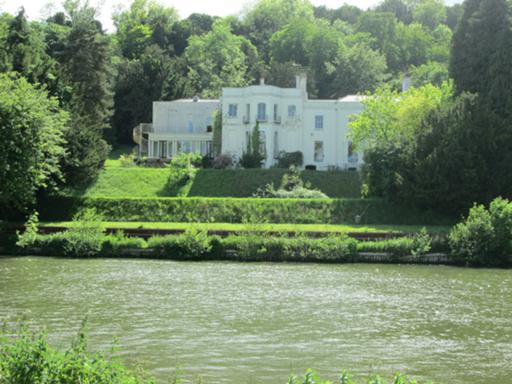
This rather lovely house seems to have fallen into some disrepair.
Please note that, unlike modern builders, its designers were aware
that sometimes rivers do in fact rise.
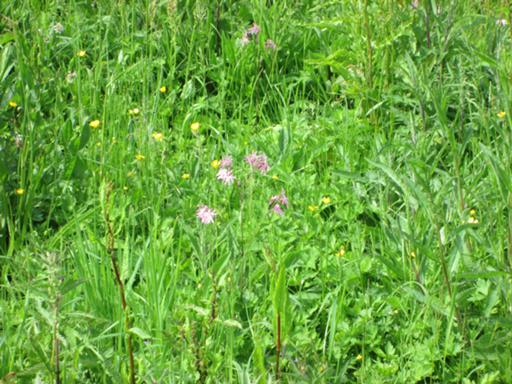
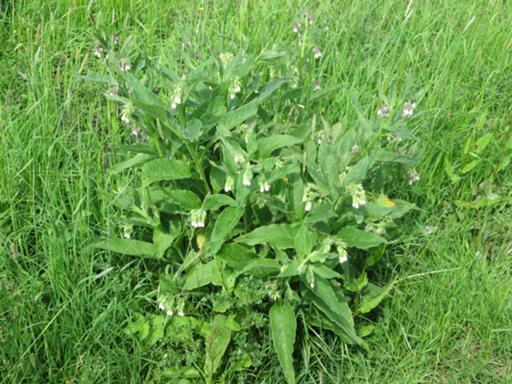
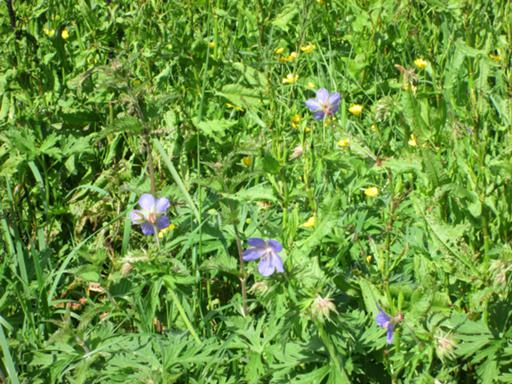
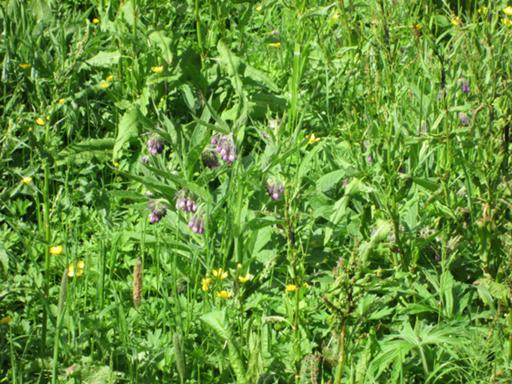
A small meadow, kept thus by some sort of trust rather than used for
grazing, with a variety of unexpected wildflowers.
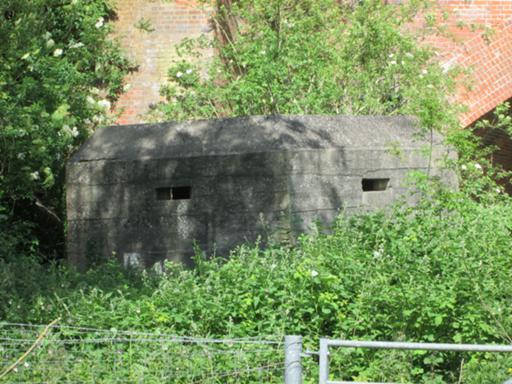
This bunker is built against a railway bridge, oddly enough facing
upstream. I have no idea why. Reading seems a long way up-river to be
worrying about invaders.
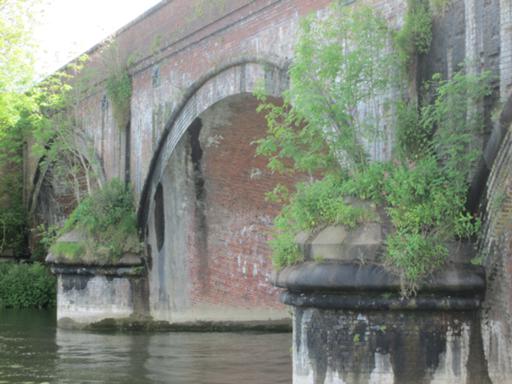
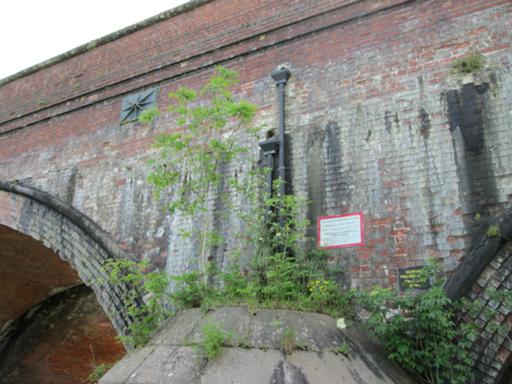
These trees were growing happily on the pillars of the railway bridge.
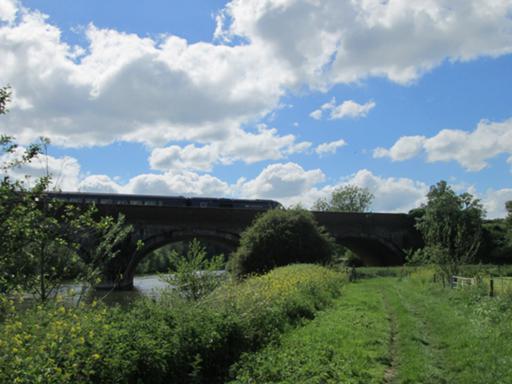
Quite an active bridge; this is the main Great Western line.
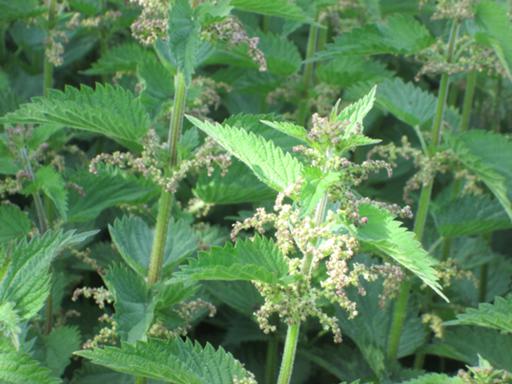
Obligatory nettles. They're quite attractive really.
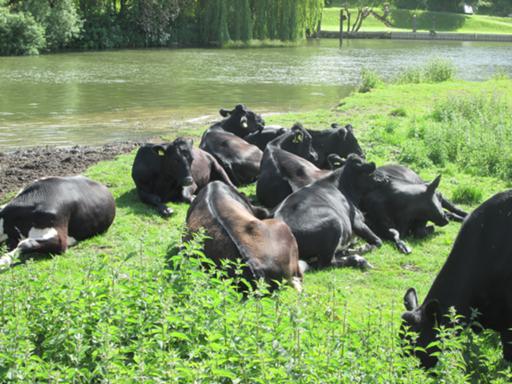
Several bored cattle, lying down by the river waiting for something to
happen. It is unfortunately easy to sneak up on a cow by accident.
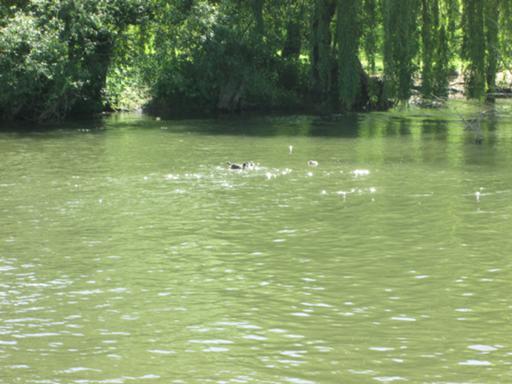
A raft of ducklings broke up just before I could photograph it.
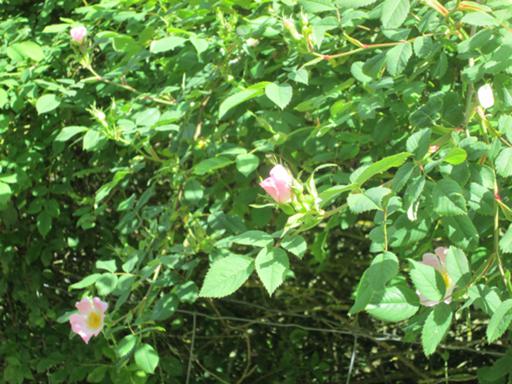
This rose bush will be glorious in a week or so.
(To save you checking the JPEG metadata, all of these were shot with
the Canon Powershot A1300.)
- Posted by Owen Smith at
04:44pm on
29 May 2014
It's a shame Network Rail don't maintain that bridge properly. The tree roots won't be doing the masonry any good at all. The longer they're left, the more expensive the repairs will be. Brunel would be horrified.
- Posted by RogerBW at
05:05pm on
29 May 2014
Indeed. Those conical bits are most definitely structural. And it's Grade II listed.
But why the pillbox? Some poking about suggests it was part of a network of defences intended to stop a fast (fall-of-France style) German tank advance on London, built in July-August 1940 under Sir Edmund Ironside.
- Posted by Chris Bell at
09:05am on
04 June 2014
I went to Goring again this past Sunday with the Visiting Dog, and you were right: there were between thirty and forty roses out on that bit of the bush which had only one the week before. I must remember it as a place to go for rose-hips when I need them to make syrup with come autumn.
The puddles were no longer interesting and different: they were one solid mud-colour all over. I didn't see any vehicles and there were no signs that one had gone through recently (the water was all discretely in the puddles) but they were ordinary and dull.
The trees in the pillars of the bridge remind me of the time in the late sixties when Marples had done his worst to the railways and the country was full of the old permanent ways, with the rails removed for scrap but the foundations not yet used for housing in the towns and villages. They formed a network of carfree paths for dog-walkers to use, with their bridges gradually decaying but not yet dangerous enough for the local councils to realise they had to take them down. They were also wonderful, if perilous, places for children to play. I can't help wondering how many of those old bridges still remain for trolls to live under in Neil Gaiman stories. It's still a bit of a pity if the living railway is being allowed to decay in that same way.
- Posted by RogerBW at
09:15am on
04 June 2014
Some of those old railway routes became official cycle/foot paths, such as the Bristol and Bath Railway Path (formerly the Midland Railway Mangotsfield and Bath Branch Line). But that isn't allowed to be boring old ground; it has to be tarmac-ed and have the interest taken out of it.
Of course, once it's been tarmac-ed, it can be readily turned into a guided busway or otherwise appropriated.
Comments on this post are now closed. If you have particular grounds for adding a late comment, comment on a more recent post quoting the URL of this one.